Photographing craftsmen and women is, for me, always a joy. Call them artisans, makers, or skilled workers, these are the capable people who can create things with their hands. Practical, dexterous and accomplished, they are almost always worth photographing, and they often work in photogenic places.
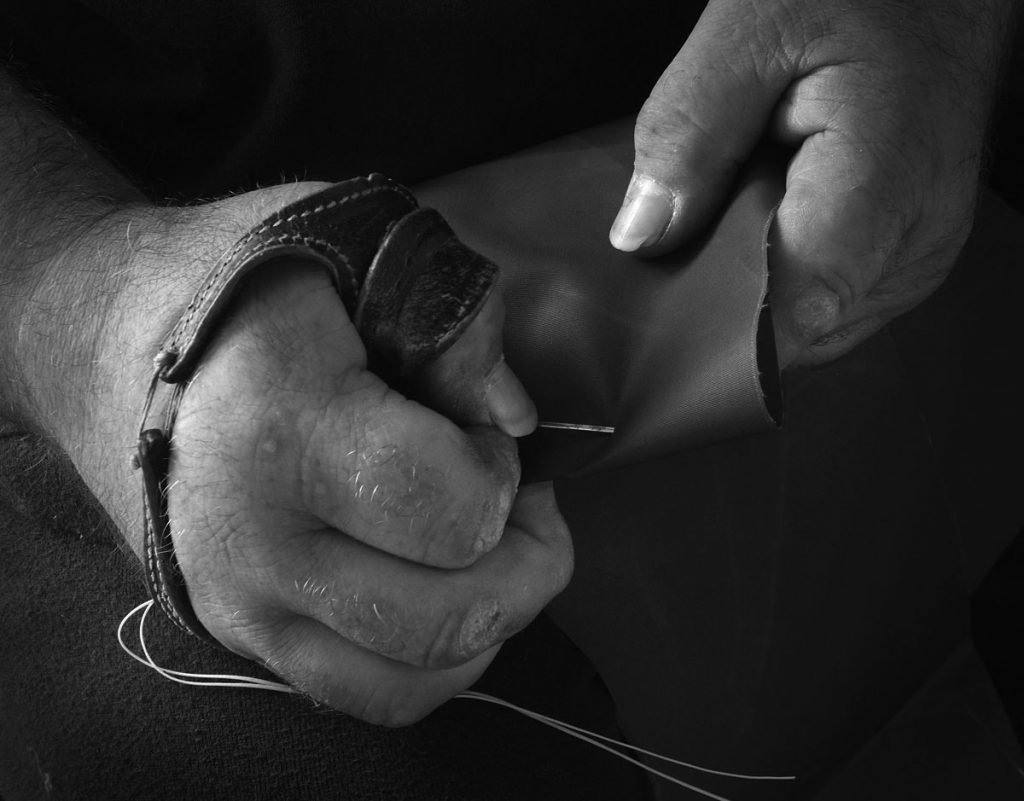
The sailmaker
Everything about the sailmaker’s loft was purpose-built to inspire a photographer. That included William Leitch himself. He is the sailmaker and owner. A big, gentle, bear of a man with a great bushy beard and a mischievous twinkle in his eye.
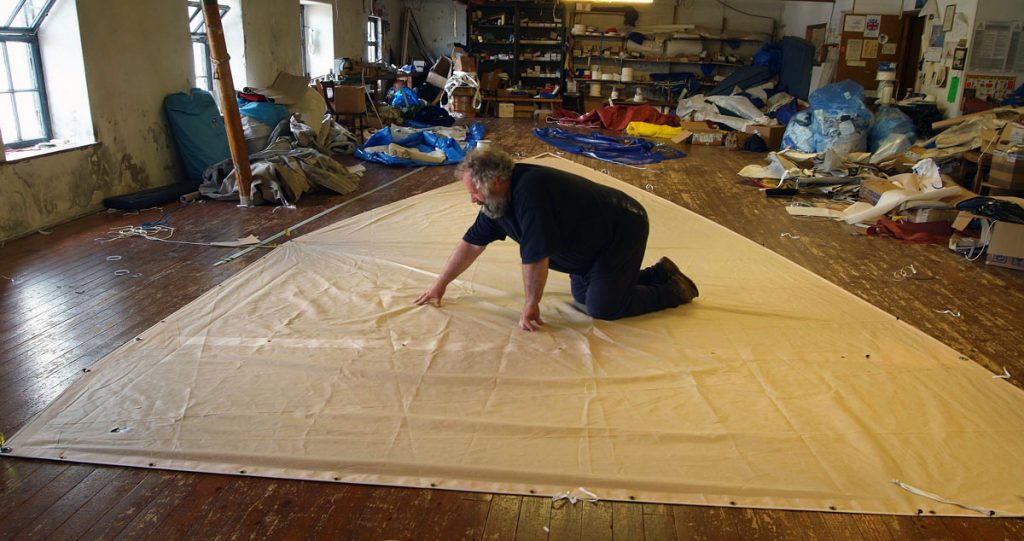
William is the third generation of sailmakers to work from the old sail loft in Tarbert on the West Coast of Scotland. His grandfather was sailmaker on The Cutty Sark and rounded Cape Horn many times before settling down ashore and starting the business.
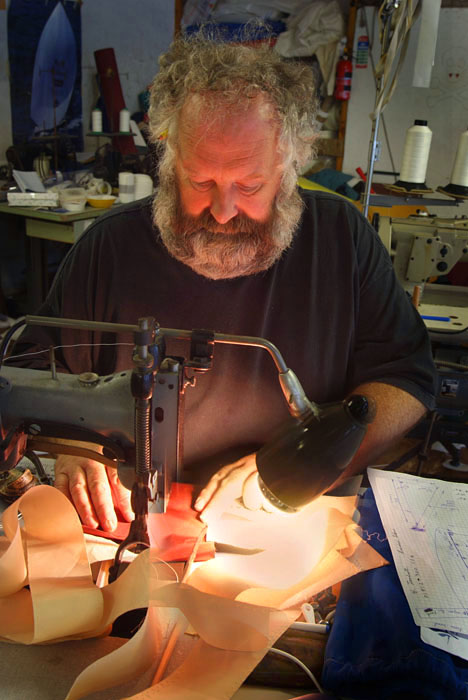
Great photo opportunities
Opportunities to photograph highly skilled craftsmen and women at work are not just open to professional photographers. Skilled makers and artisans are often happy to allow any photographer – amateur or professional – photograph them at work.
The people who do these jobs and possess these skills have a right to be proud of the abilities that might have taken a lifetime to learn. Most will be very positive to your request to take photographs. However, everything depends on your approach.
Getting permission when photographing craftsmen
Of course, when photographing craftsmen it would be impossible to take pictures without the total co-operation of your subject, and it is important to understand that you are not dealing with corporate-minded ‘yes men’ here, but independent, highly skilled individuals who have a business to run. A patronising or cock-sure approach will certainly have you shown to the door. In fact, you probably won’t get through the door in the first place.
So be absolutely honest and tell your subject right at the start what you would like to achieve and ask when it would be most convenient for you to come and talk things through and take some photographs. Ask about the process involved in their craft; how it works, and how you might get the photographs you need while being as unobtrusive as possible.
Show real interest in your subject
Above all else when photographing craftsmen, show real interest in how your subject does the work he or she does. This will be fascinating anyway, and you are bound to learn something, but, more importantly, it can give you lots of clues to picture possibilities and opportunities. As a keen sailor myself, this was very easy when I was talking to William Leitch. I was able to show genuine interest in what he does, but the knack of ‘being interested’ in the people you photograph should come naturally to any photographer. It’s not difficult, and starts by simply asking questions about the process and the person you are photographing.
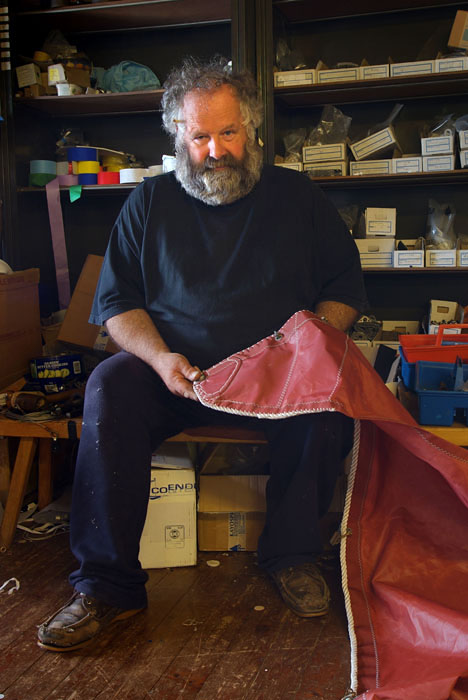
Check out the location first
If possible, ask your subject if you can take a good look around the workplace before you arrive to take pictures. This should give you a good idea of the sort of lighting you have to deal with and any extra gear you might need to bring along for the actual photo session. For instance, after seeing the loft, I asked William if I could take the pictures in the late afternoon when the sun would not be shining directly through the east-facing windows.
Still life subjects
Of course, there were literally hundreds of potential still life subjects available in William’s loft. Reels of coloured thread, off-cuts of sailcloth, tools, an old clock on the wall.
I photographed all these objects. Often this was done while William was working on something that needed his concentration, or while he was on the phone dealing with a client. No time or opportunity was lost.
Camera gear
When photographing craftsmen I prefer to keep things dead simple To photograph sailmaker William Leitch used just one camera – a Nikon D700 with a Nikor k24-70mm f2.8 ED lens. And a tripod, of course. I was using a brand new Manfrotto 190MF3 Magfibre tripod fitted with the simplest ball-and-socket head – the only sort of head I ever use.
This sort of simplicity means less time fiddling with kit and more time paying attention to your subject. I did not take a flash
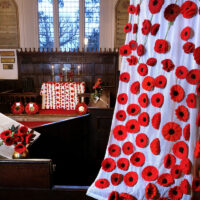
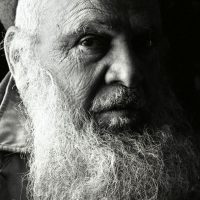

Great article Philip. Interesting and informative as always.
Thank you, Martin. Have a great Christmas – and take lots of photographs.